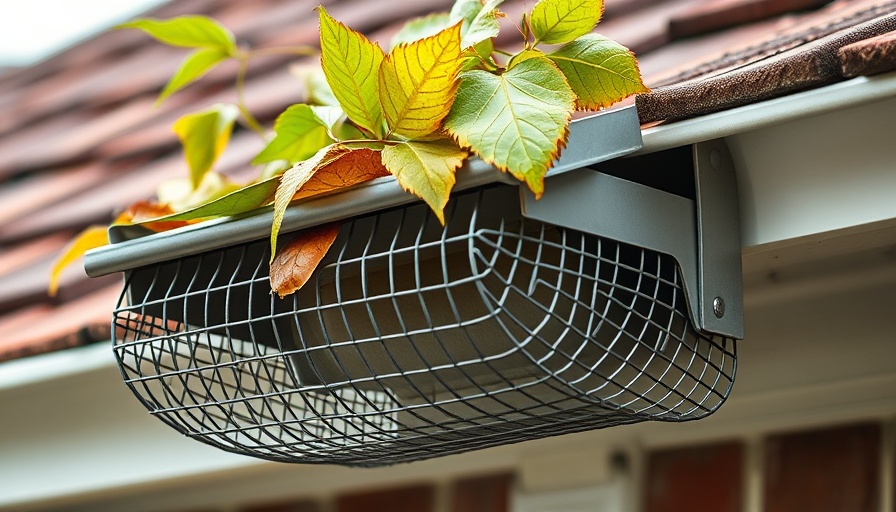
Understanding the Impact of Lead Exposure
As concern mounts over lead exposure in urban settings, especially in schools, it's essential to understand the implications for all stakeholders. Lead poisoning remains a significant public health threat, particularly for children, who are most vulnerable to its harmful effects. The recent crisis in Milwaukee highlights this urgent issue, with alarming reports about lead levels exceeding safety standards across several schools. These incidents serve as a wake-up call not just for Milwaukee but for cities nationwide grappling with similar historical infrastructure challenges.
The National Response: Where Are We?
With no federal lead experts actively working to mitigate this crisis, responsibility has shifted to state officials. This decentralized approach raises critical questions about coordination and effectiveness in addressing lead exposure. As local governments scramble to find resources for assessment and remediation, many schools built prior to the ban on lead-based paint in 1978 are uncovering a ticking time bomb within their walls. Remediation efforts often clash with budget limitations, making it imperative for facility managers to advocate for more robust policies and funding.
Critical Steps for Facility Managers
Facility managers play a vital role in proactively addressing lead hazards. Regular inspections and testing are essential to identify lead levels in facilities, especially schools. They must also implement effective communication strategies to keep parents and staff informed about health risks and remediation efforts. Collaborating with local health departments can provide resources that make inspections and cleanup efforts more effective.
Why Lead Remediation Matters
Addressing lead exposure is not merely a regulatory requirement; it's a moral imperative. Lead is known to cause irreversible health issues, including developmental delays and learning disabilities in children. Facilities that prioritize the elimination of lead hazards contribute not only to the safety of their spaces but also to the future well-being of their community. Schools, housing, and public spaces must prioritize reaching compliance with lead safety regulations, thus safeguarding health and enhancing community trust.
Future Trends: A Call for Sustainable Practices
As the lead crisis escalates, there is an opportunity for reinvention within facility management. The future may lie in adopting non-toxic materials and sustainable building practices. Facility managers should look towards innovations in environmental technology and risk mitigation strategies, ensuring that the safety of occupants is always the top priority. Integrating educational programs about lead hazards into the curriculum could foster a greater awareness among young students, preparing them to advocate for healthier environments.
Bottom Line: Why This Issue Cannot Be Ignored
The ongoing lead crisis is a urgent reminder of the public health risks embedded in outdated infrastructure. As facility managers navigate the complexities of this issue, proactive measures and community engagement can lead to significant improvements. The importance of addressing lead hazards cannot be overstated; it is essential for cultivating safe, nurturing environments for future generations.
To learn more about best practices and resources for lead remediation, facility managers are encouraged to engage with local health authorities and educational networks dedicated to improving environmental safety.
 Add Row
Add Row  Add
Add 






Write A Comment